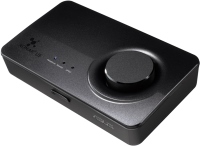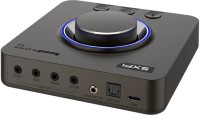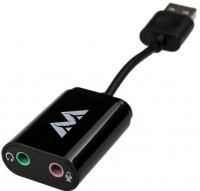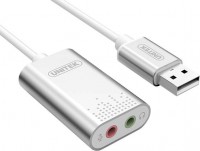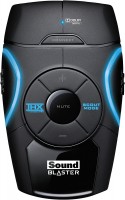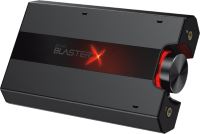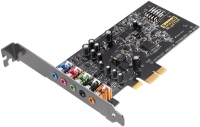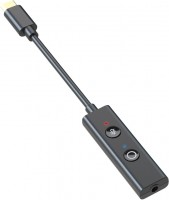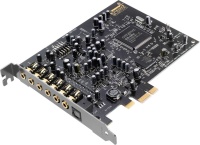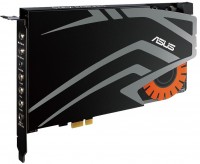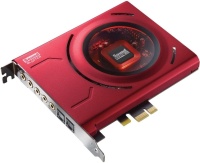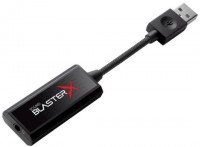Asus Xonar U7 MKII
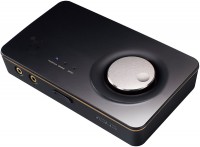 | $136.22 Buy! ASUS Xonar U7 MKII - Carte Son - 24 bits - 192 kHz - 114 dB Rapport Signal à Bruit - 71 - USB 20 - CM6632AX 90YB00KB-M0UC00Amazon.comDelivery: in USA Report |
|
| |||||||||||||||||||||||||||||||||||||||||||||||||||||||||||||||||||||||||
Always clarify the specifications and configuration of the product with the online store manager before purchasing.
Catalog Asus 2025 - new arrivals, bestsellers, and the most relevant models Asus.
USB connection
Asus Xonar U7 MKII is made as an external module and uses a common USB interface to connect to a computer, which allows not only owners of desktop PCs, but also laptops to use the novelty. In terms of design, the Xonar U7 repeats the first version — it's still a minimalistic black plastic box with gold edging. And she also collects fingerprints. Although, this can hardly be called a big minus, you are unlikely to drag it back and forth like a smartphone. But managing an external card is much more convenient than an internal one.
Modern audio processor
Compared to the first Asus Xonar U7, the new model of the audio processor has changed: from C-Media 6632A to C-Media 6632AX. In terms of sound quality, the difference is imperceptible at first, but over time you begin to notice that it sounds a little clearer, with a slight emphasis on the detail of high frequencies. If we compare it with the built-in sound based on Realtek ALC269 or Realtek ALC233, which is often used in laptops, then the difference will be very significant.
192 kHz/24 and support for Hyper Grounding
In terms of technical characteristics, we have operation in 192 kHz / 24 bit mode, a good signal-to-noise ratio of 114 dB, a decent dynamic range of 110 dB, friendship with 7.1 multi-channel audio and support for Hyper Grounding technology to block noise and reduce sound distortion. It's all serious, don't complain. Almost all connection ports are placed on the back, which gives the card a neat appearance. On the back you can find two unbalanced RCA outputs, three outputs for connecting multi-channel acoustics, S / PDIF and a USB Type-B connector. The headphone output is equipped with a good built-in amplifier and will easily drive high-impedance headphones.
Useful software with a couple of unusual twists
The card is bundled with both quite a standard set of Sonic Studio software (it allows you to adjust the volume of channels, turn on the equalizer, etc.) and an unusual Sonic Radar Pro utility. It was created exclusively for gamers and allows you to display a radar on the screen that will mark the source of the sound in the game, such as gunshots, footsteps, bomb timer, etc.


